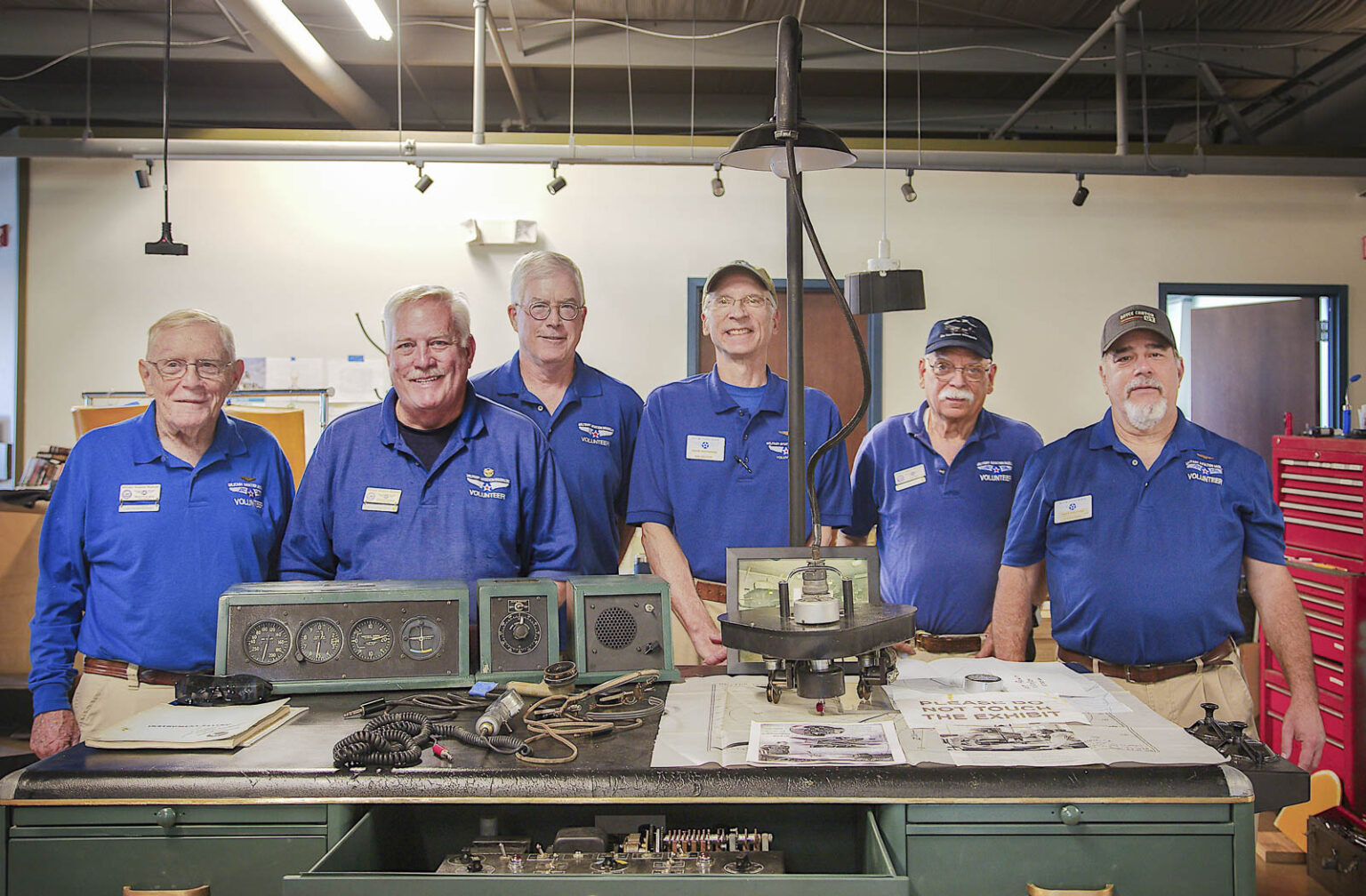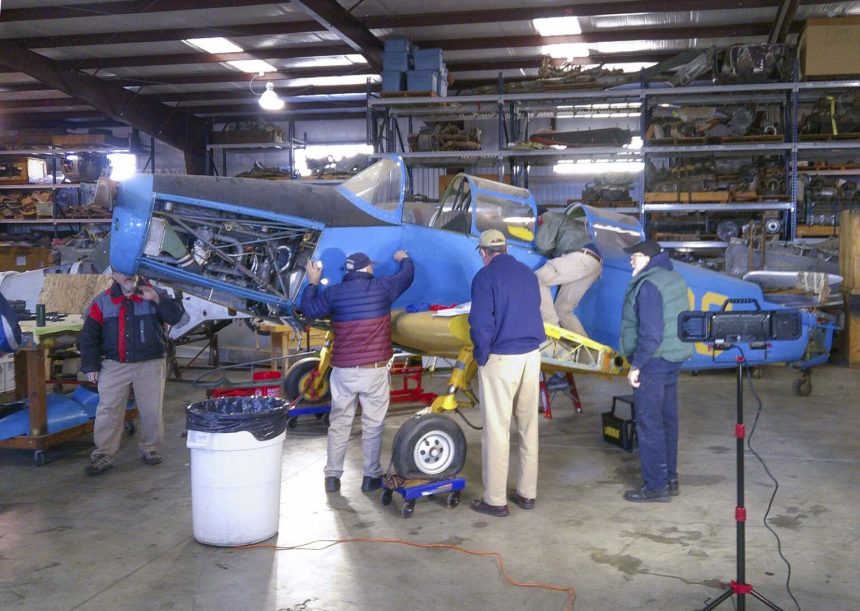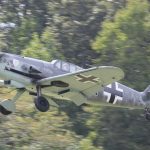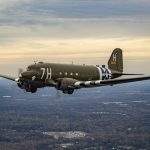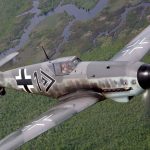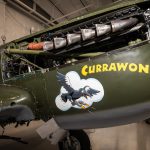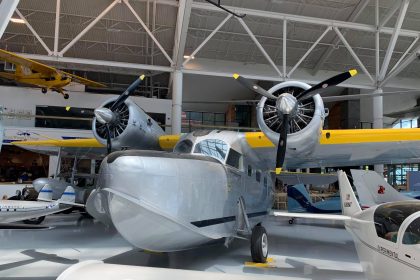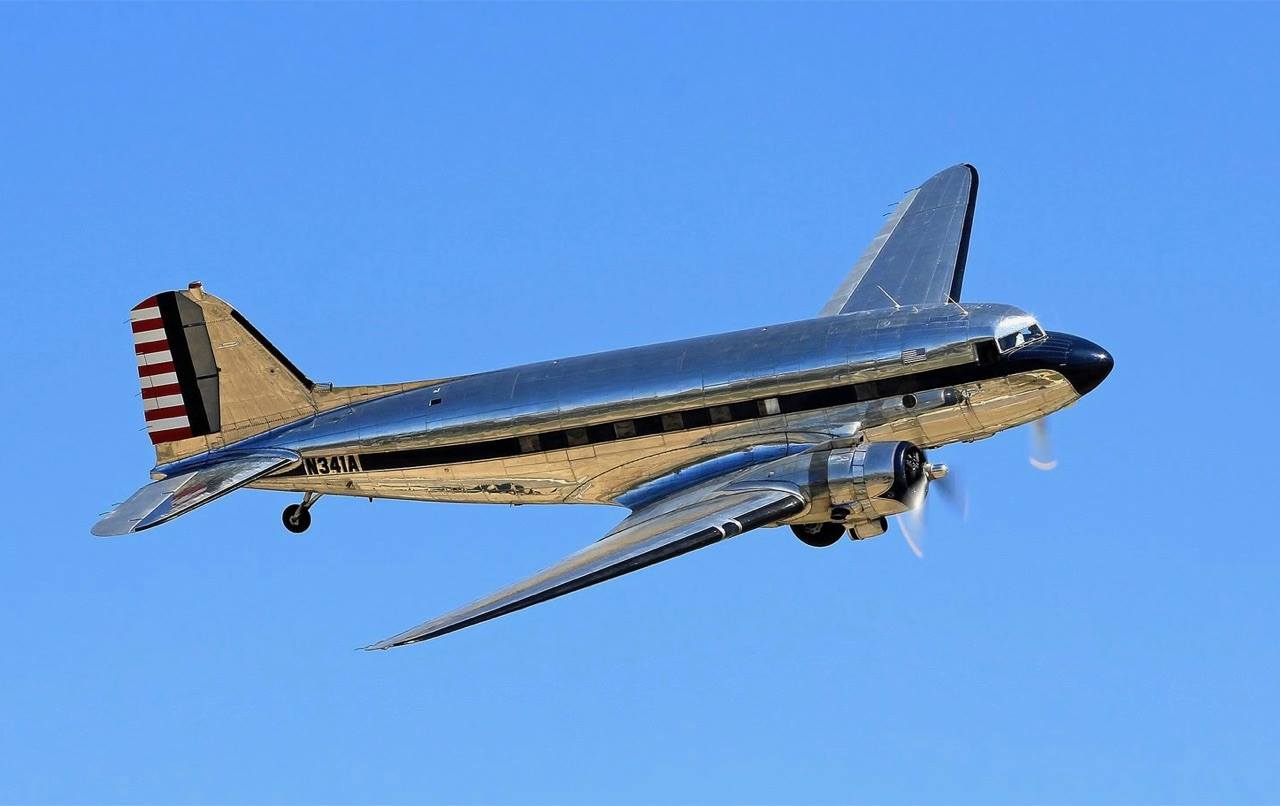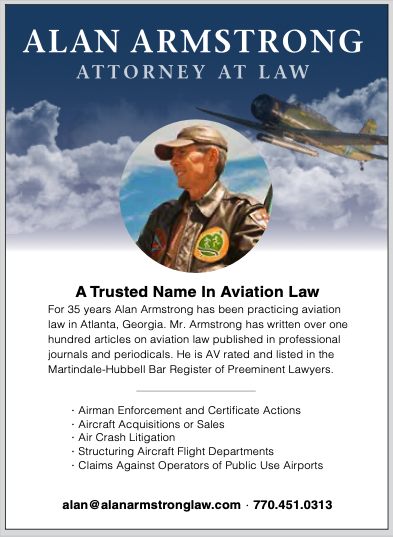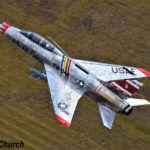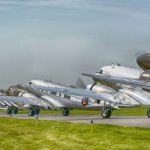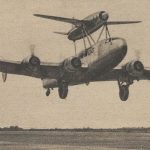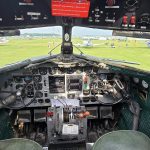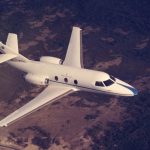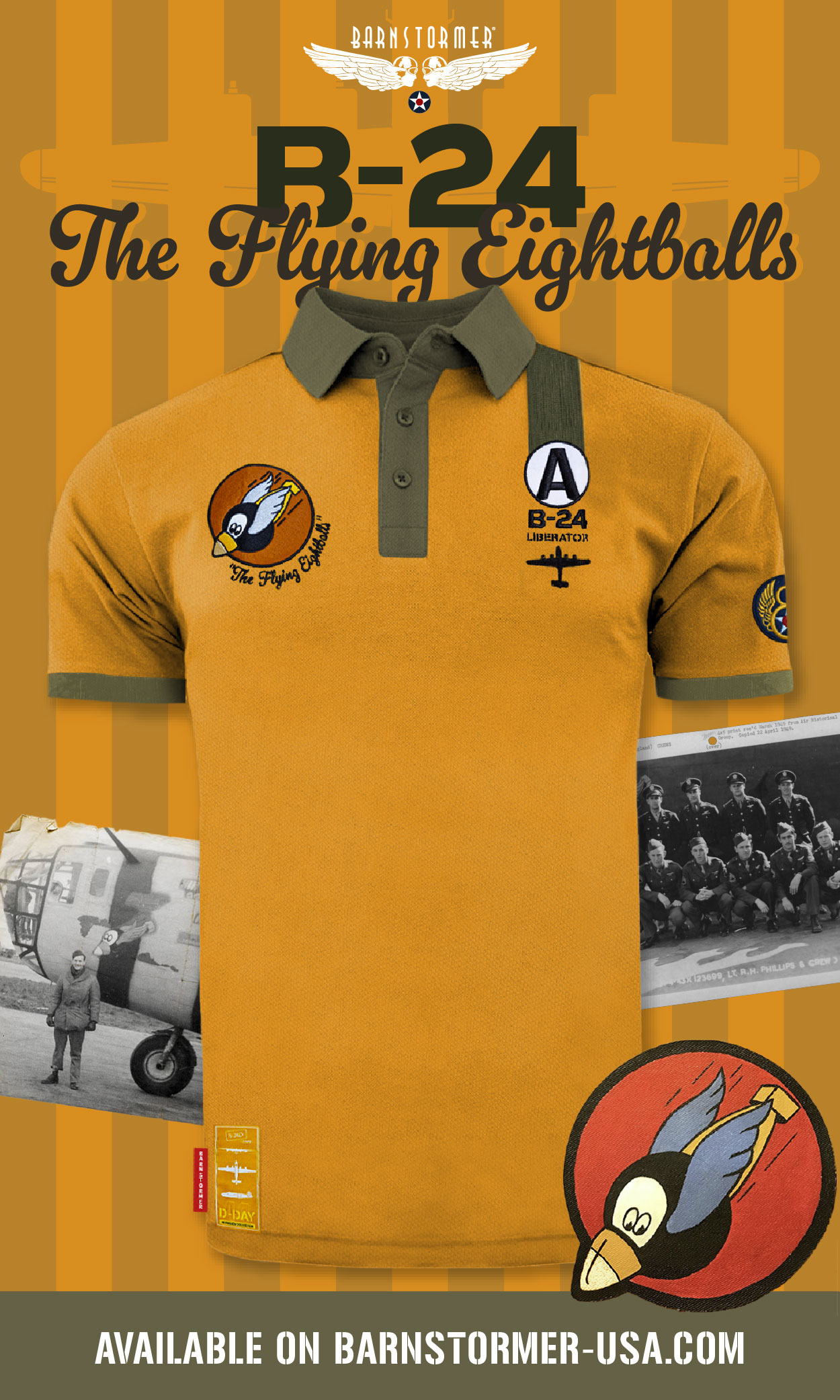PRESS RELEASE
Located in Virginia Beach, the Military Aviation Museum is home to one of the world’s largest collections of flying vintage military aircraft. Among the many restoration projects the museum team has undertaken, one of the newest beginning in 2025 is the large endeavor of returning the museum’s Fairchild Cornell Mk.I to flying condition. This will be a down-to-the-last-bolt project, the first of its kind attempted at our museum. In many respects, the Cornell is the perfect airframe for our volunteers to begin with, being of such straightforward construction and without any complex systems or electrical circuits to contend with. Furthermore, the airframe is essentially complete, and in good overall condition; it last flew circa 2015. To ensure that this project proceeds ‘by the book’, our volunteers are being guided and closely supervised by appropriately licensed mechanics at all times; members of our highly-trained, professional aircraft maintenance team at the Fighter Factory overseeing and being a part of this process. Some aspects, such as the engine and propeller, may be handled by outside contractors.
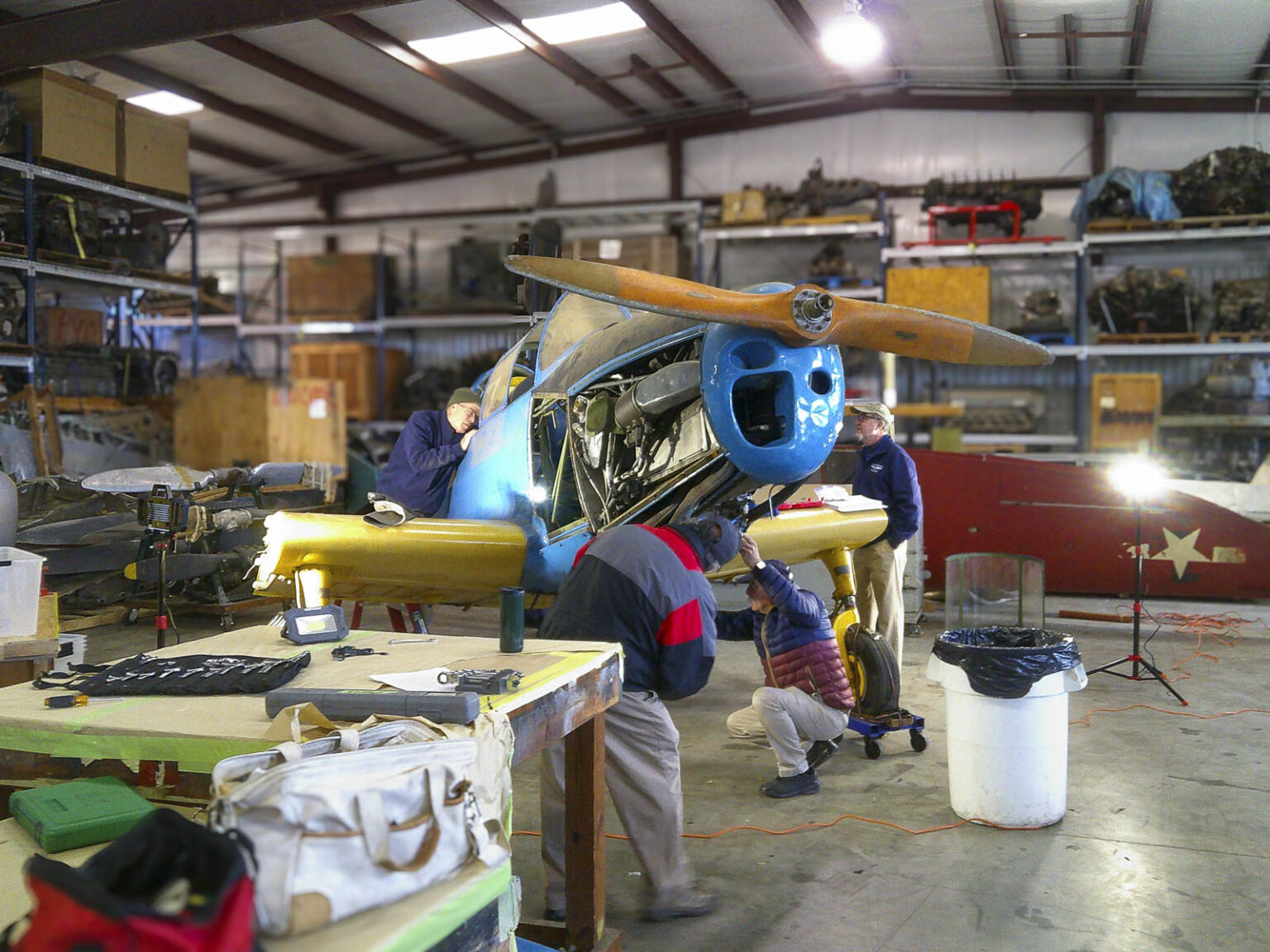
The Cornell our restoration team is refurbishing served with the Royal Canadian Air Force (RCAF) as serial number EW444 during WWII. Built to satisfy a US Army Air Forces contract as PT-26-FA 44-19392 (for the Royal Air Force under the Lend Lease program), it rolled off Fairchild’s Hagerstown, Maryland assembly line as construction number T43-4503 circa January 1944. The RCAF formally accepted EW444 on January 31, 1944, the airframe immediately going into stored reserve – initially with No.4 Training Command, based in Calgary, Alberta, and then with No.2 Air Training Command (December 1, 1944). It wasn’t until July 10th, 1945 that our Cornell finally became operational, with No.23 Elementary Flying Training School (EFTS) at RCAF Station Yorkton in Yorkton, Saskatchewan. Oddly enough, a month earlier, two Hawker Hurricanes also resided at Yorkton – one of these likely being the Museum’s example, RCAF 5667.
When EW444 arrived at RCAF Yorkton in July 1945, No.23 EFTS had 254 Royal Air Force cadet pilots on its books and exactly 100 Cornell trainers (67 Mk.Is and 33 Mk.IIs). Even with the war in Europe already over and that in the Pacific rapidly approaching its conclusion, the school logged 8,857.25 flying hours during the month of July, 1945. August saw the number of trainee pilots drop to 196, with 6,627.55 flying hours completed. But No.23 recorded no flight training hours at all in September 1945; the cadets having quickly mustered out and the last of their flight instructors leaving by September 15th. A similar situation existed at most other flying schools across Canada; the war was over, so there was little need to finish training new pilots.
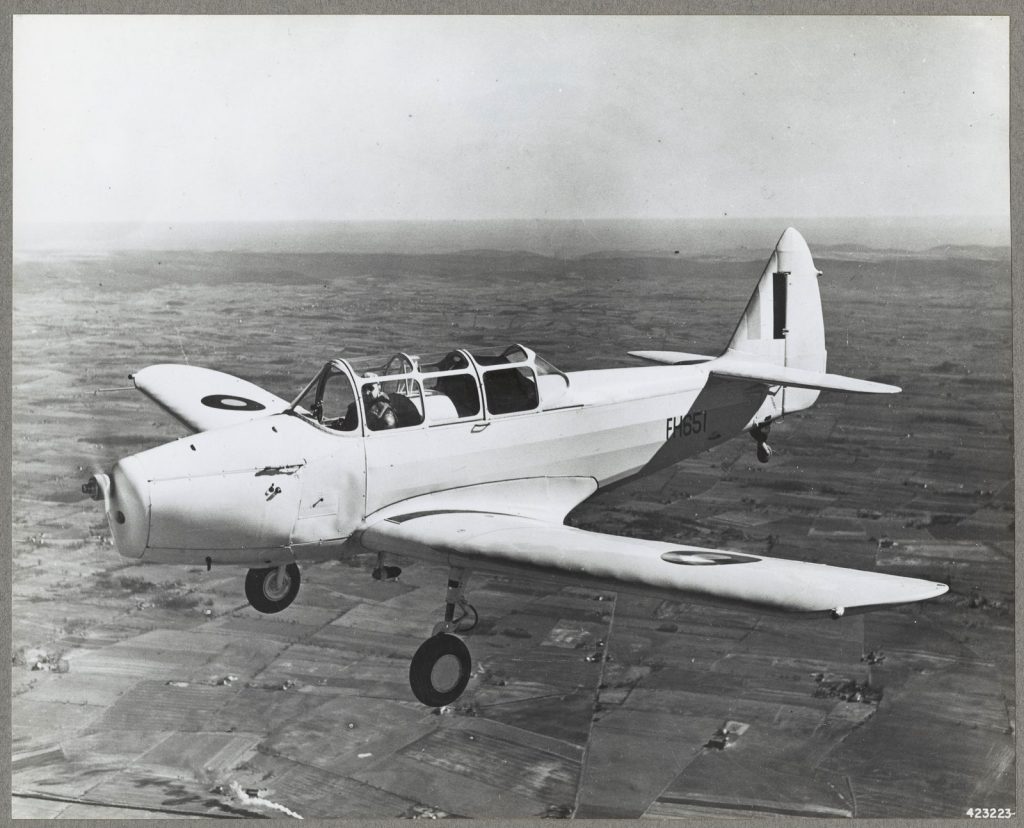
Since EW444 became operational only late in the war, it obviously logged just a few training flights before the RCAF recategorized her as APDAL (Aircraft Pending Disposal). They transferred the Cornell to No.10 Surplus Equipment Holding Unit at Medicine Hat, Alberta on November 14th, 1945. Upon its formal exit from military service (October 21, 1946), the airframe had just 52.40 total hours on the clock. From there, EW444 must have found a civilian buyer in Canada, as it did not appear on the U.S. civil register (as N74621) until July 20th, 1959; it could not have survived long without an indoor home prior to that date. Presently, we know nothing about those details, so anyone has solid evidence about our Cornell’s civilian operations in Canada, we would love to hear from you!
EW444 passed through several US-based owners before J. Robert Boyer acquired it in 1985. Boyer’s family donated the Cornell to the museum (along with our Cessna T-50) in March, 2017. It has been in storage for most of the intervening years until now. We expect to cover the restoration regularly here on this site, and look forwards to seeing the little yellow trainer take flight again in a few years time. Visit the Military Aviation Museum website for updates and how to support the project.
